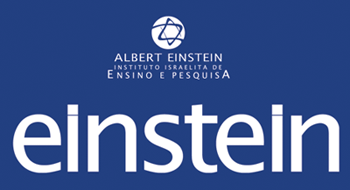Resumo em Inglês:
ABSTRACT The Scientists of Tomorrow/ Cientistas do Amanhã project is an immersive science training program developed by the Program of Post-Graduation in Health Sciences at Hospital Israelita Albert Einstein. This program was conducted in partnership with Volunteering and Escola Municipal de Ensino Fundamental Professor Paulo Freire in Paraisópolis, São Paulo, Brazil. The Scientists of Tomorrow Program comprised a short training period conducted in May 2022 involving 37 students, and a long training period from August to December 2022, which included 15 students. It aimed to popularize science through practical activities; transfer knowledge to young students; sensitize and guide them to pursue academic-scientific careers; reduce stereotypes about scientific work and scientists; and help students understand the social, political, and ethical roles of science within society. All activities were led by postgraduate students and professors from our postgraduate program, physicians, nurses, physiotherapists, biomedicals, and veterinarians from Hospital Israelita Albert Einstein, as well as medical students from Faculdade Israelita de Ciências da Saúde Albert Einstein . Activities in the short training included lectures on cinema and science, strategies to combat fake news, non-violent communication, innovation, design-thinking framework, and developing a scientific project. During the long training period, discussions were focused on nanotechnology, animal research, big data, bioinformatics, meditation, blood and bone marrow donation, telemedicine, sex and sexually-transmitted infections, rehabilitation, career opportunities, and scientific integrity. In addition, practical activities were further expanded using optical and confocal microscopy, cytometry, and basic concepts regarding the structure and function of living cells. The program also included the launching of the open-air outreach Education E-natureza activity, which turned students into ambassadors of nature. In conclusion, the Scientists of Tomorrow Program was innovative and enabled young students to learn that science is a collective activity that can enhance public health.
